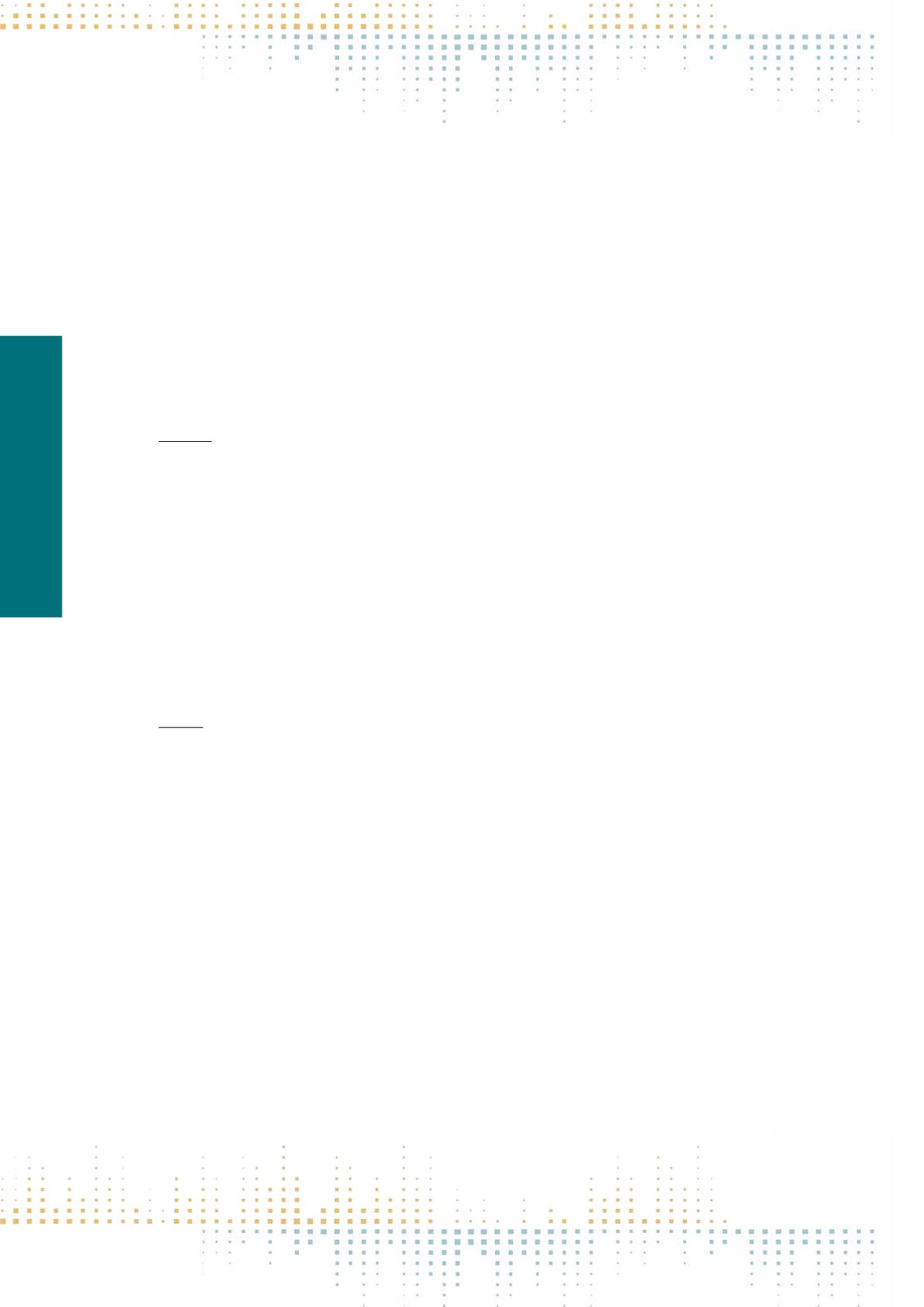

198
Friday, November 11
1 4 : 3 0 – 1 6 : 0 0
placed four user comments below a balanced article of a fictive online newspaper. In both studies we manipulated the valence (IV1) and the quality (IV2)
of arguments in fictive user comments. In study 1 (n = 102), weak arguments solely included a (unfounded) conclusion. In the ‘strong argument condition’
logical rationales supported the conclusions. In study 2 (n = 133), the ‘weak argument condition’remained unchanged. In the ‘strong argument condition’
we added external evidence (e.g. links) or statistics to strengthen the logical rationales. In all conditions, the valence of user comments was manipulated by
arguing against or in favor for the legal use of antidepressants in air traffic. As independent variable the attitude towards the issue (4 items, α = .87) was
measured with 5-point-Likert-scale. In ANOVAs we tested whether higher argument quality enhances the effect of user comments (IV1*IV2). The manip‑
ulation of the valence of user comments was successful in both studies. In study 1 however, participants did not recognize differences in argument quality.
We found effects of argument valence but there is no significant interaction effect of quality and valence of user comments on participants’ attitudes. In
contrast to study 1, the manipulation of argument quality by using evidence and statistics was successful in study 2. Here, we find an interaction effect:
only in the‘strong argument condition’negative comments (M= 2.45; SD 0.72) lower readers’acceptance of pilots flying with antidepressants significantly
compared with positive comments (M = 3.10; SD = 1.02) (F(3, 125) = 9.47; p < .01). Obviously, argument quality does not affect the attitudes of readers
of online comments under all circumstances. In contrast to the assumptions of theories of deliberation, a simple justification of an argument is not enough
to be recognized as high argument quality in the online world and, therefore, does not enhance the effects of online comments. Instead, only comments
which use evidence or statistics are recognized as well-grounded arguments and enhance the effects of a comment.
PS 043
Issues, Tools and Good Practices in Using New Media in the Communication Office of Small to Medium Size Theatre Organizations
K. Nikolaou
1
1
Aristotle University of Thessaloniki, Journalism and Mass Communication Media, Thessaloniki, Greece
The word theatre includes all the performing arts (Conte & Langley 2007). Performing acquires its meaning by the existence of audience. Under this perspec‑
tive, theatre is a product that subjects to the laws of marketing. The communication office belongs to the third “P” of the marketing mix (McCarthy 1960)
with main responsibility to obtain free mentions and coverage for the products of the organization (Conte & Langley 2007). Technology provided solutions
to many problems and diminished the expenses of the communication offices for processes such as the postage of press releases, photographs and visual
promotion material. The emergence of the Internet and social media gave theatres new opportunitieσ of communication. This form of media “describes
a variety of new sources of online information that are created, initiated, circulated and used by consumers intent on educating each other about products,
brands, services, personalities, and issues”( Blackshaw & Nazzaro, 2004, p.4). Studies have shown that communication among peers through social media
may affect the attitude of new users towards a product (Wang, Yu & Wei 2012). This paper suggests tools and good practices for using the new media in
order to promote the work of small to medium sized theatre organizations, by connecting the facts and characteristics of the new media with the every
day practices of communication officers. It also contains a collection of tips by communication professionals obtained through bibliographical research. Key
words: social media, new media, press office, marketing, good practices
PS 044
The Vision of Interdisciplinarity and the Reality of Digital Research in the UK
P. Tsatsou
1
, Y. Zhao
1
1
University of Leicester, Department of Media and Communication, Leicester, United Kingdom
This paper presents recently collected and under ongoing analysis data from an ESPRC-funded study on digital research in the UK. The study explored
the employment of digital tools, resources and services by the social research community in the UK, from the stage of designing the research through to
data collection and dissemination of the results. It aimed to map out the actual, claimed and potential role of digital technologies in social research so as to
offer a critical assessment of the existing and potential innovation pathways signalled by the employment of digital technologies in social research, espe‑
cially in relation to the development of a digital research culture and the subsequent rise of a digital research community. The interview and ethnographic
data of the study demonstrate – among other things – the existence of an emerging community of research-experience exchange and knowledge sharing
among researchers who employ digital technologies, tools and services in the UK, but with this community being away from accomplishing the vision of in‑
terdisicplinarity. On the contrary, the study found that digital researchers in the UK seem not to be particularly concerned with the subject of interdisciplin‑
arity, while also problematising its meaning and actual standing.The researchers who participated in the study seemed to think that interdisciplinarity does
not derive from the employment of digital technologies in research, nor is significantly affected by it.Thus, they did not reflect much on it in association with
digital technologies and in relation to digital research in particular. These findings can add to ongoing debates on the meaning and importance of interdis‑
ciplinarity, while challenging prevalent assumptions that digital research and interdisciplinarity go hand-in-hand and that one is a prerequisite for and also
in need of the other. Furthermore, the study points out the unpredictability of the digital research domain in general, as researchers lack the necessary con‑
fidence to make concrete plans and develop specific visions about the use of digital technologies for the pursuit of interdisciplinary research in the future.



















